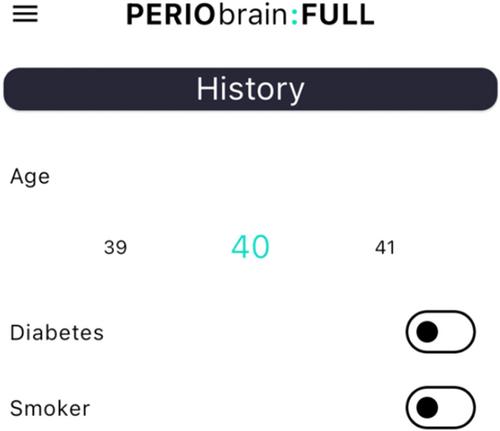A Study Investigating the Value of Using a Novel Mobile Application as an Adjunct to the Traditional Method of Diagnosing Periodontal Diseases
Abstract
Background
Periodontal disease is a prevalent condition in the general population. An updated classification system in 2018 introduced major changes to how this disease is classified and has implications for management. Research has demonstrated challenges in reaching periodontal diagnoses with this new system, prompting the need for the development of resources to assist clinicians.
Objectives
This novel research aims to determine the level of accuracy and reliability in the assignment of case definitions of periodontal diseases according to the 2018 classification using a specialized mobile application.
Materials and Methods
Newly qualified dentists were recruited and assigned five random cases to classify according to the 2018 classification system. The collected data were analyzed to determine intra- and inter-examiner accuracy and consistency.
Results
The overall accuracy of staging was 84%. The correct grade was assigned in 96% of cases. The extent was accurate in 97%. Localized disease was more reliably diagnosed than generalized forms of the condition. When accounting for stage, grade, and extent, examiners demonstrated 76% accuracy. Inter-examiner agreement was 62.5%.
Conclusions
There was a high level of diagnostic accuracy and consistency in periodontal disease diagnosis when diagnostic software was used as an adjunct to assigning case definitions. Dedicated software like “PerioBrain” has the potential to improve diagnostic accuracy. Further research is warranted to investigate the use of this application in a clinical setting and for didactic teaching of a student cohort.


 求助内容:
求助内容: 应助结果提醒方式:
应助结果提醒方式:


